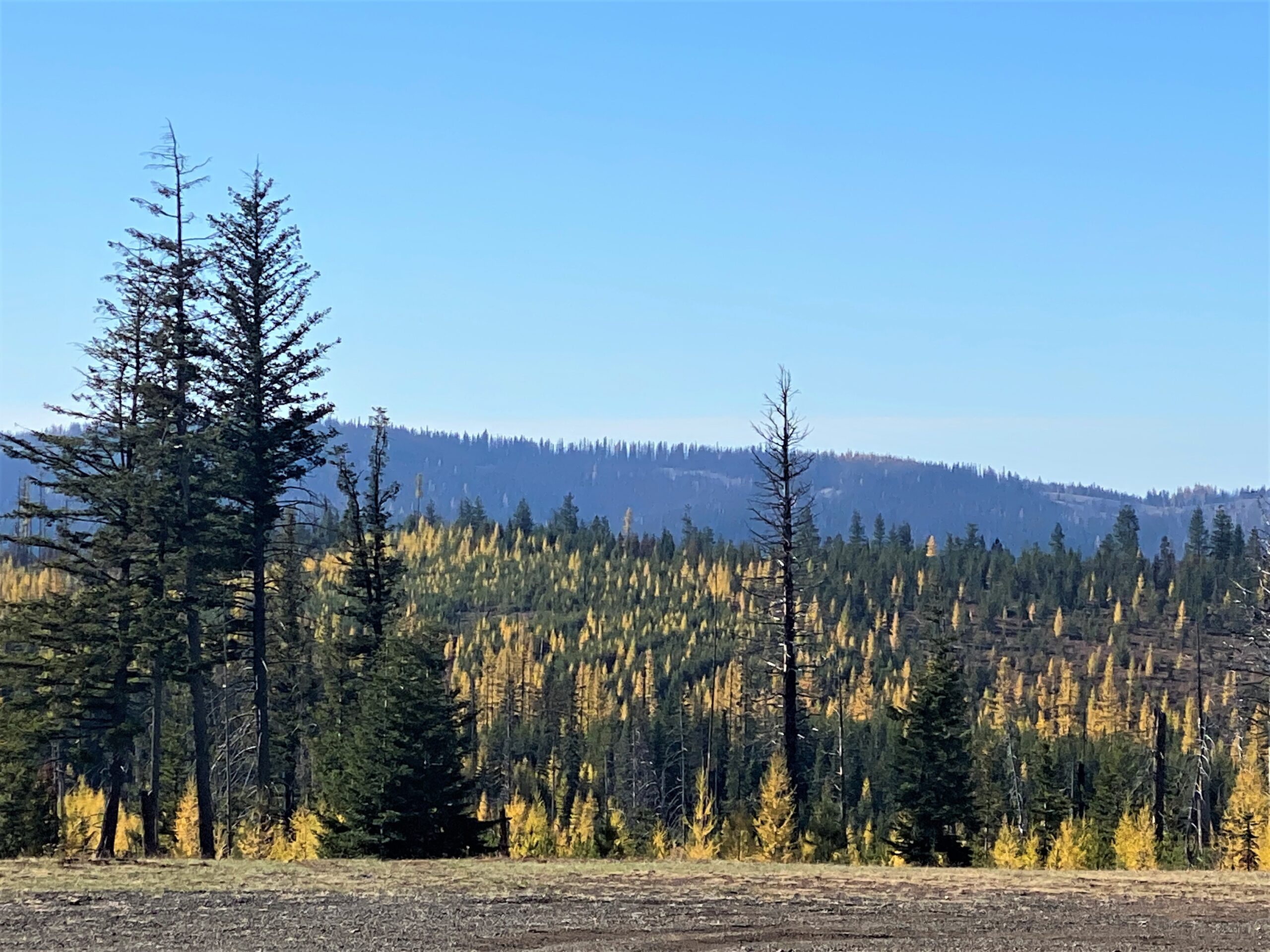- ACCD Board Meeting - Thursday, April 10 at 6 pm
- ACNWCB Weed Board - Board Meeting - Tuesday, April 15 at 6 pm
Menu
The Salmon in the Classroom program, established in 1991 by WDFW, created as an educational project to encourage respect for water resources and promote responsible behavior towards the environment.
The program brings aquarium tanks with native, cold water fish eggs nearly ready to hatch into classrooms; let students and teachers watch the transformation happen and young fish emerge from eggs and grow, and have the kids work on salmonoid-themed lessons over a 50-75 day period before the fish are released.
Teachers and school districts are big fans of the program, since curriculum elements -- salmon life cycle, understanding and measuring water quality, wildlife observation, habitats and watersheds, using real-world mathematical calculations to track fish, predict ideal water temperatures, and estimate fish growth rates -- correlate with Next Generation Science and Common Core Standards. Students, meanwhile, love the up-close connection with live animals, even if their finned subjects smell, a little fishy.
In Asotin County schools we currently have 9 fish tanks successfully rearing fish!
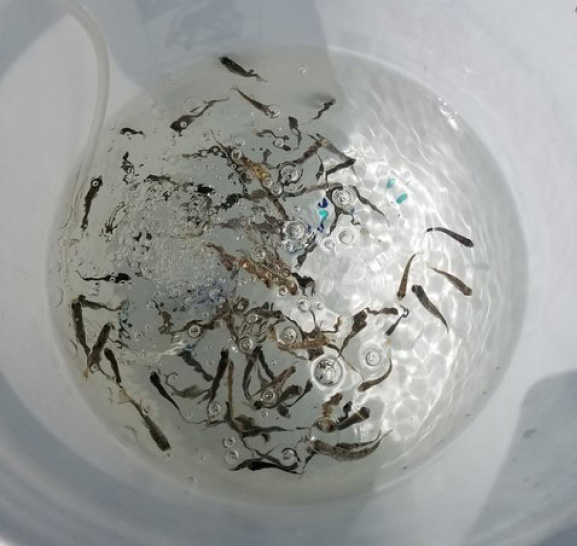
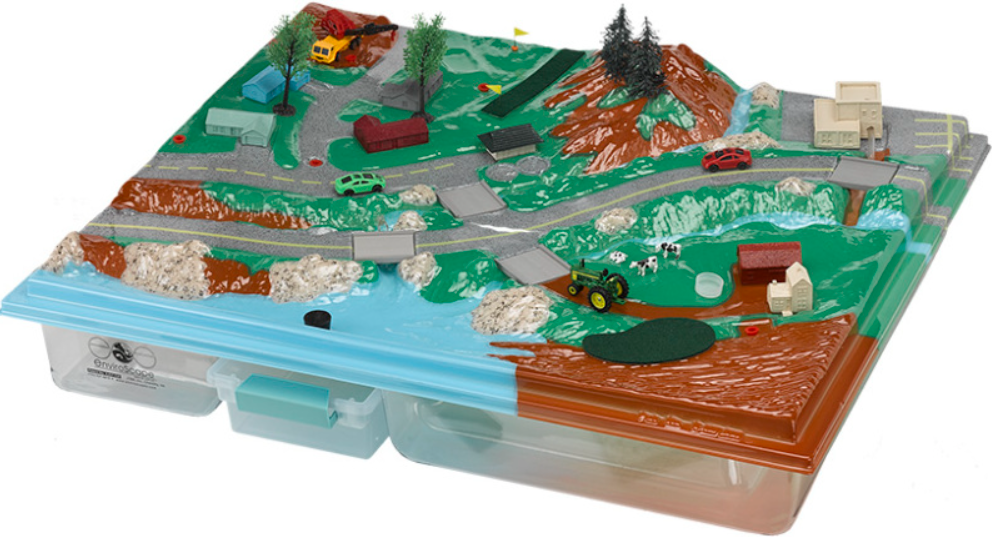
A hands-on, interactive table with flowing water demonstrating a variety of hydrologic processes, discussing what a healthy watershed is, and healthy water quality. Easily demonstrate how storm water runoff carries pollutants through the watershed to a pond, creek, river, or ocean. Our understanding of the dynamics of watersheds has led to significant improvements in the ways that humans affect the health of our watersheds by integrating conservation practices (also known as Best Management Practices or BMPs) into our land planning policies and management procedures.
The mobile watershed would be transported to your school. It is 25” x 30” and could be used in a parking lot, in a playfield, under a covered area, a medium table in the classroom, or in the gym.
If teachers are interested, a date needs to be secured. Contact Jennifer Zipse [email protected] for scheduling.
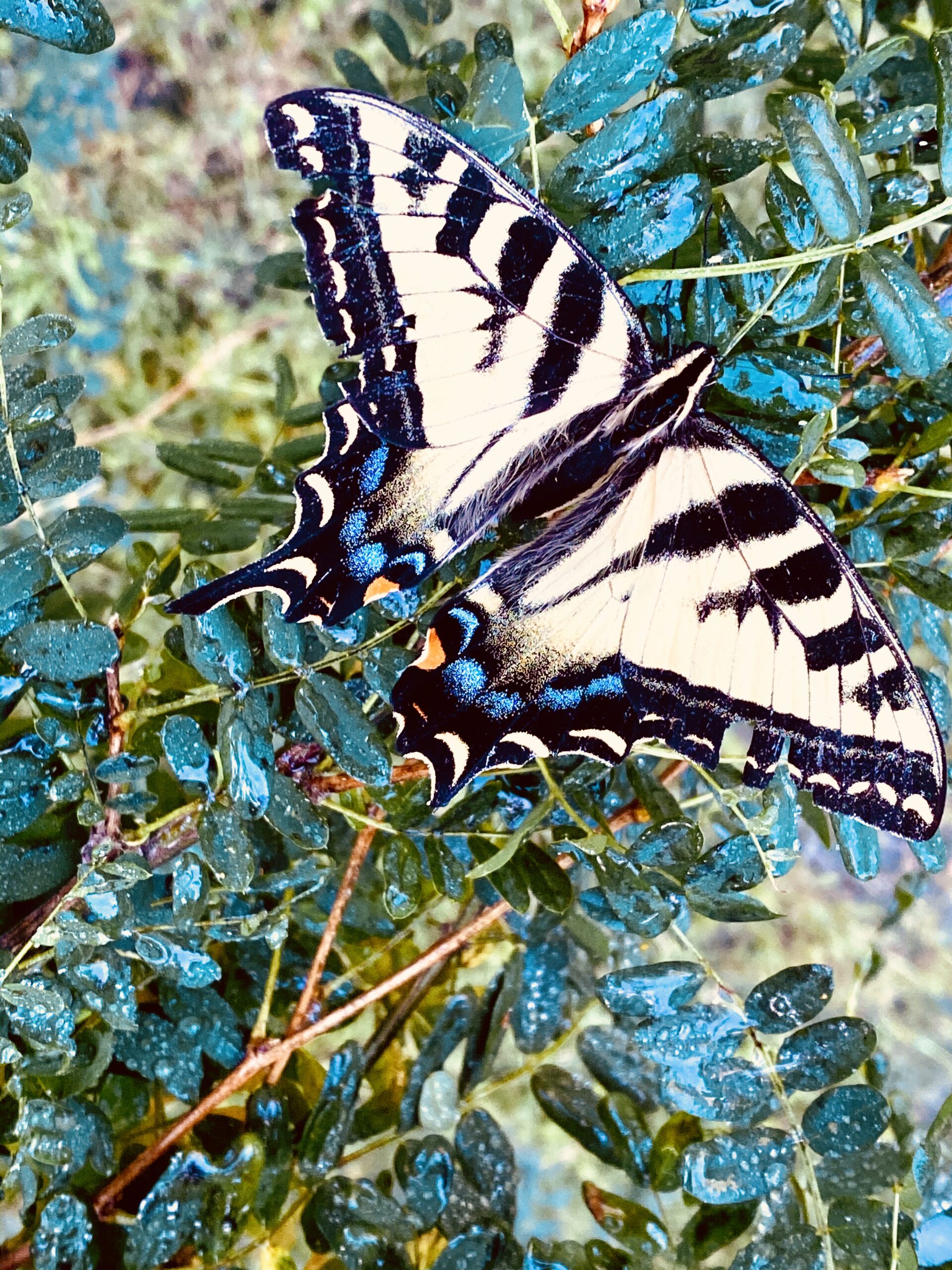
Backyard conservation shows you how conservation practices that help conserve and improve natural resources on agricultural lands across the country can be adapted for use around your home. These practices help the environment and can make your yard more attractive and enjoyable. Most backyard conservation practices are easy to use. America's farmers and ranchers have been using these practices for decades successfully.
Backyard Conservation Resources
"Forest management is what we call the work that professional foresters do year-round to maintain balance in the many parts of a forest ecosystem. It is an important part of a larger cycle that benefits wildlife, the environment, and produces wood that we need for building homes, making products, and so much more."
Explore more about Washington forests and dive into fun activities - Washington Forest Protection Association
